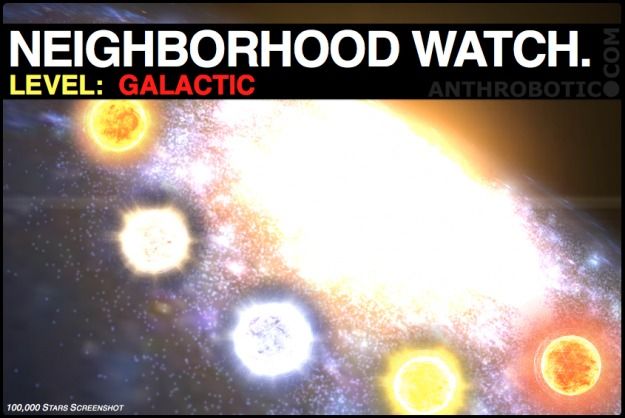To achieve interstellar travel, the Kline Directive instructs us to be bold, to explore what others have not, to seek what others will not, to change what others dare not. To extend the boundaries of our knowledge, to advocate new methods, techniques and research, to sponsor change not status quo, on 5 fronts, Legal Standing, Safety Awareness, Economic Viability, Theoretical-Empirical Relationships, and Technological Feasibility.
My apologies to my readers for this long break since my last post of Nov 19, 2012. I write the quarterly economic report for a Colorado bank’s Board of Directors. Based on my quarterly reports to the Board, I gave a talk Are We Good Stewards? on the US Economy to about 35 business executives at a TiE Rockies’ Business for Breakfast event. This talk was originally scheduled for Dec 14, but had moved forward to Nov 30 because the original speaker could not make the time commitment for that day. There was a lot to prepare, and I am very glad to say that it was very well received. For my readers who are interested here is the link to a pdf copy of my slides to Are We Good Stewards?
Now back to interstellar physics and the Kline Directive. Let’s recap.
In my last four posts (2c), (2d), (2e) & (2f) I had identified four major errors taught in contemporary physics. First, to be consistent (2c) with Lorentz-Fitzgerald and Special Theory of Relativity, elementary particles contract as their energy increases. This is antithetical to string theories and explains why string theories are becoming more and more complex without discovering new empirically verifiable fundamental laws of Nature.
Second, (2d) again to be consistent with Lorentz-Fitzgerald and Special Theory of Relativity, a photon’s wave function cannot have length. It must infinitesimally thin, zero length. Therefore, this wave function necessarily has to be a part of the photon’s disturbance of spacetime that is non-moving. Just like a moving garden rake under a rug creates the appearance that the bulge or wave function like envelope is moving.
Third, that exotic matter, negative mass in particular, converts the General Theory of Relativity into perpetual motion physics (sacrilege!) and therefore cannot exist in Nature. Fourth, that the baking bread model (2e) of the Universe is incorrect as our observations of the Milky Way necessarily point to the baking bread model not being ‘isoacentric’.
Einstein (2f) had used the Universe as an expanding 4-dimensional surface of a sphere (E4DSS) in one of his talks to explain how the number of galaxies looks the same in every direction we look. If Einstein is correct then time travel theories are not, as an expanding surface would necessarily require that the 4-dimensional Universe that we know, does not exists inside the expanding sphere, and therefore we cannot return to a past. And, we cannot head to a future because that surface has not happened. Therefore, first, the law of conservation of mass-energy holds as nothing is mysteriously added by timelines. And second, causality paradoxes cannot occur in Nature. Note there is a distinction between temporal reversibility and time travel.
In this E4DSS model, wormholes would not cause time travel but connect us to other parts of the Universe by creating tunnels from one part of the surface to another by going inside the sphere and tunneling to a different part of the sphere. So the real problem for theoretical physics is how does one create wormholes without using exotic matter?
Previous post in the Kline Directive series.
Next post in the Kline Directive series.
—————————————————————————————————
Benjamin T Solomon is the author & principal investigator of the 12-year study into the theoretical & technological feasibility of gravitation modification, titled An Introduction to Gravity Modification, to achieve interstellar travel in our lifetimes. For more information visit iSETI LLC, Interstellar Space Exploration Technology Initiative.
Solomon is inviting all serious participants to his LinkedIn Group Interstellar Travel & Gravity Modification.


